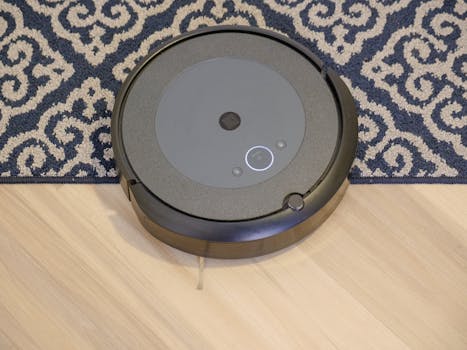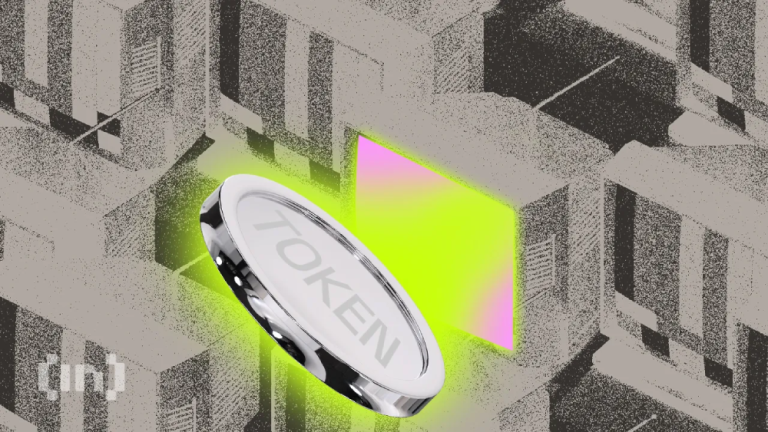
Smart Homes and Smart Living: The Technological Transformation of European Homes by 2025
Smart Homes and Smart Living is revolutionizing the way we live, making our homes more comfortable, convenient, and sustainable. With the rapid advancement of technology, European homes are expected to undergo a significant transformation by 2025. In this article, we will explore the current state of smart homes in Europe, the driving forces behind this transformation, and what we can expect in the future.
Current State of Smart Homes in Europe

The concept of smart homes is not new, but it has gained significant traction in recent years. According to a report by Statista, the smart home market in Europe is expected to reach €23.4 billion by 2025, growing at a compound annual growth rate (CAGR) of 14.5%. The report also states that the number of smart homes in Europe is expected to reach 64.4 million by 2025, up from 17.4 million in 2020.
Driving Forces Behind the Transformation

So, what is driving this transformation? Several factors are contributing to the growth of smart homes in Europe, including:
- Increasing demand for convenience and comfort: Homeowners are looking for ways to make their lives easier and more convenient. Smart home technology offers a range of solutions, from voice-controlled lighting to automated temperature control.
- Energy efficiency and sustainability: With the growing concern about climate change, homeowners are looking for ways to reduce their energy consumption and carbon footprint. Smart home technology can help optimize energy usage and reduce waste.
- Advances in technology: The development of new technologies such as IoT, AI, and 5G is enabling the creation of more sophisticated smart home systems.
- Government initiatives and regulations: Governments across Europe are implementing policies and regulations to encourage the adoption of smart home technology, such as providing incentives for energy-efficient upgrades.
What to Expect by 2025

So, what can we expect from smart homes in Europe by 2025? Here are some trends and predictions:
- Increased adoption of voice-controlled devices: Voice-controlled devices such as Amazon Alexa and Google Home are expected to become more prevalent in European homes.
- Greater emphasis on energy efficiency and sustainability: Smart home technology will play a critical role in reducing energy consumption and promoting sustainability.
- More sophisticated home automation systems: Home automation systems will become more advanced, enabling homeowners to control multiple aspects of their home with ease.
- Increased focus on security and privacy: As smart homes become more connected, there will be a growing need for robust security and privacy measures to protect homeowners’ personal data.
In conclusion, the future of smart homes in Europe looks bright. With the driving forces behind this transformation, we can expect to see significant advancements in smart home technology by 2025. As we move towards a more connected and sustainable future, it’s exciting to think about the possibilities that smart homes will offer.






